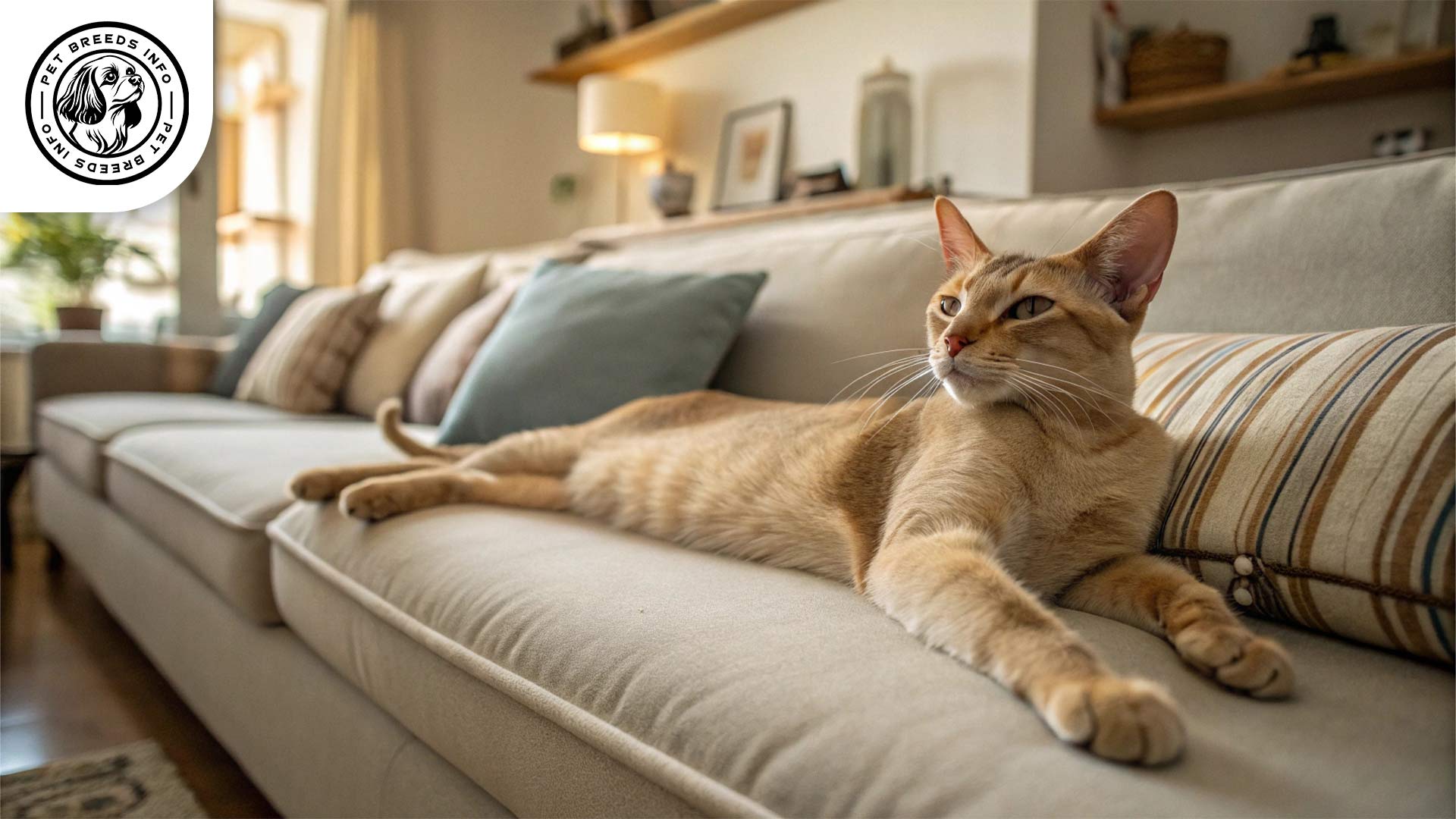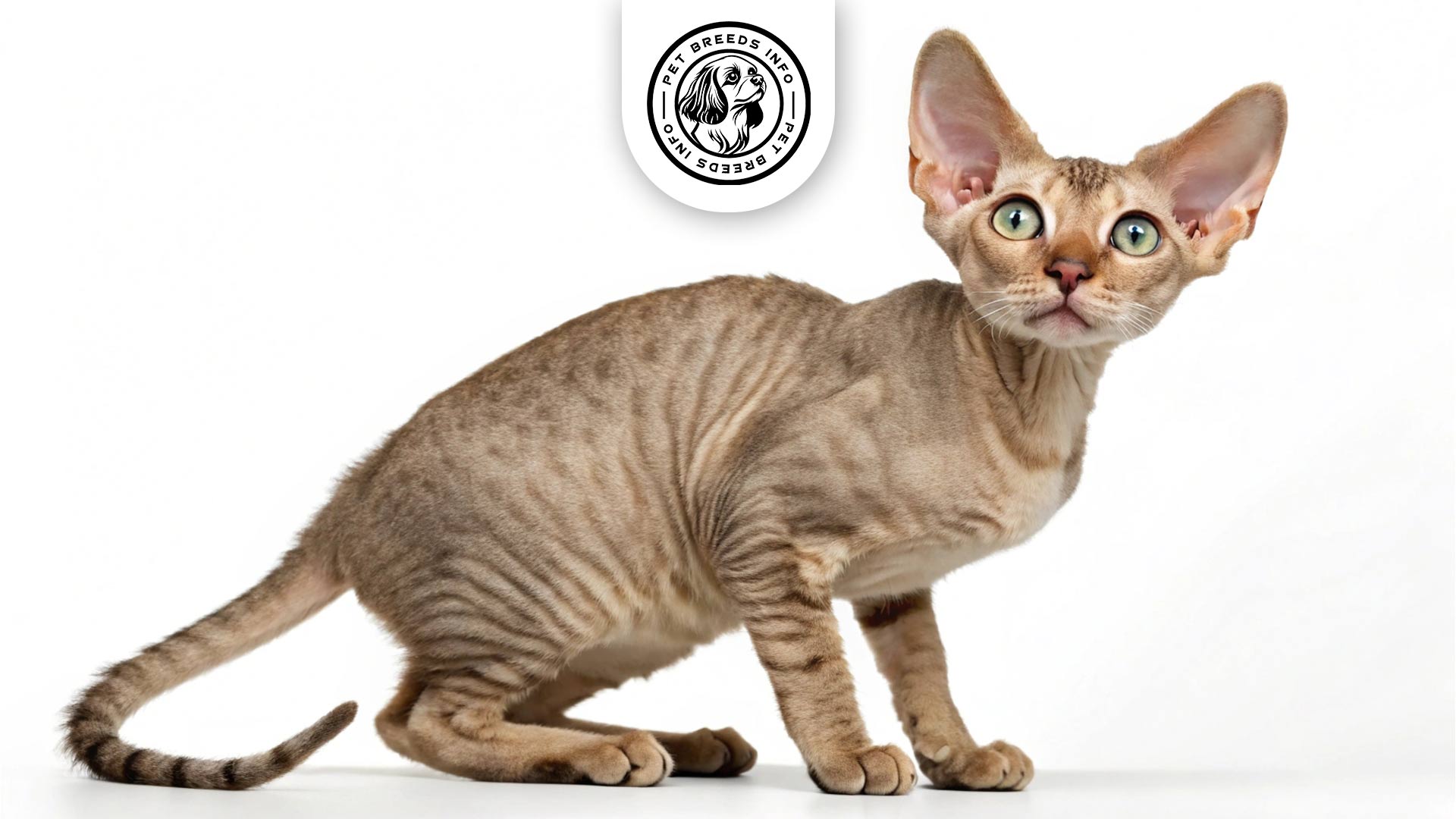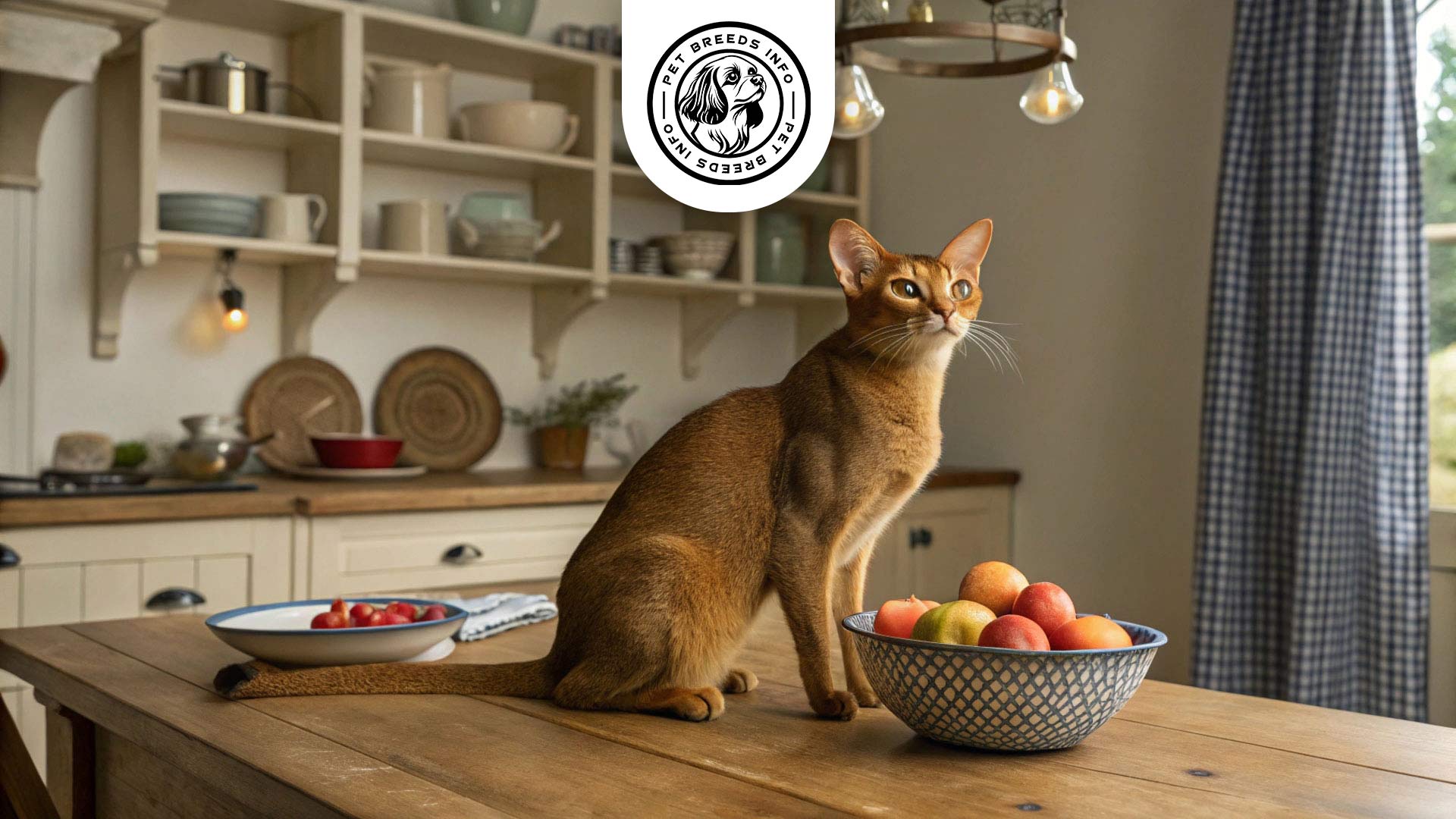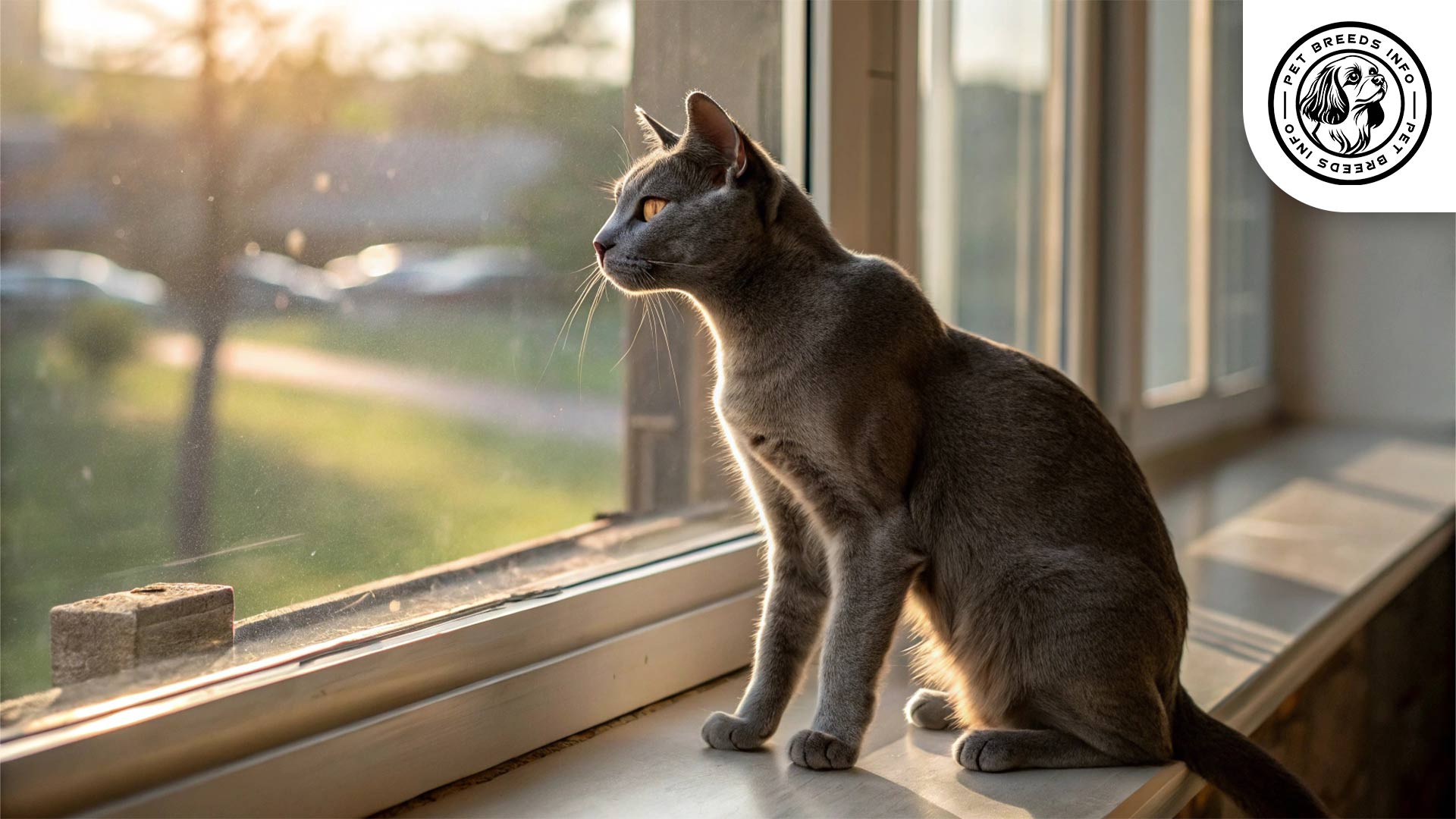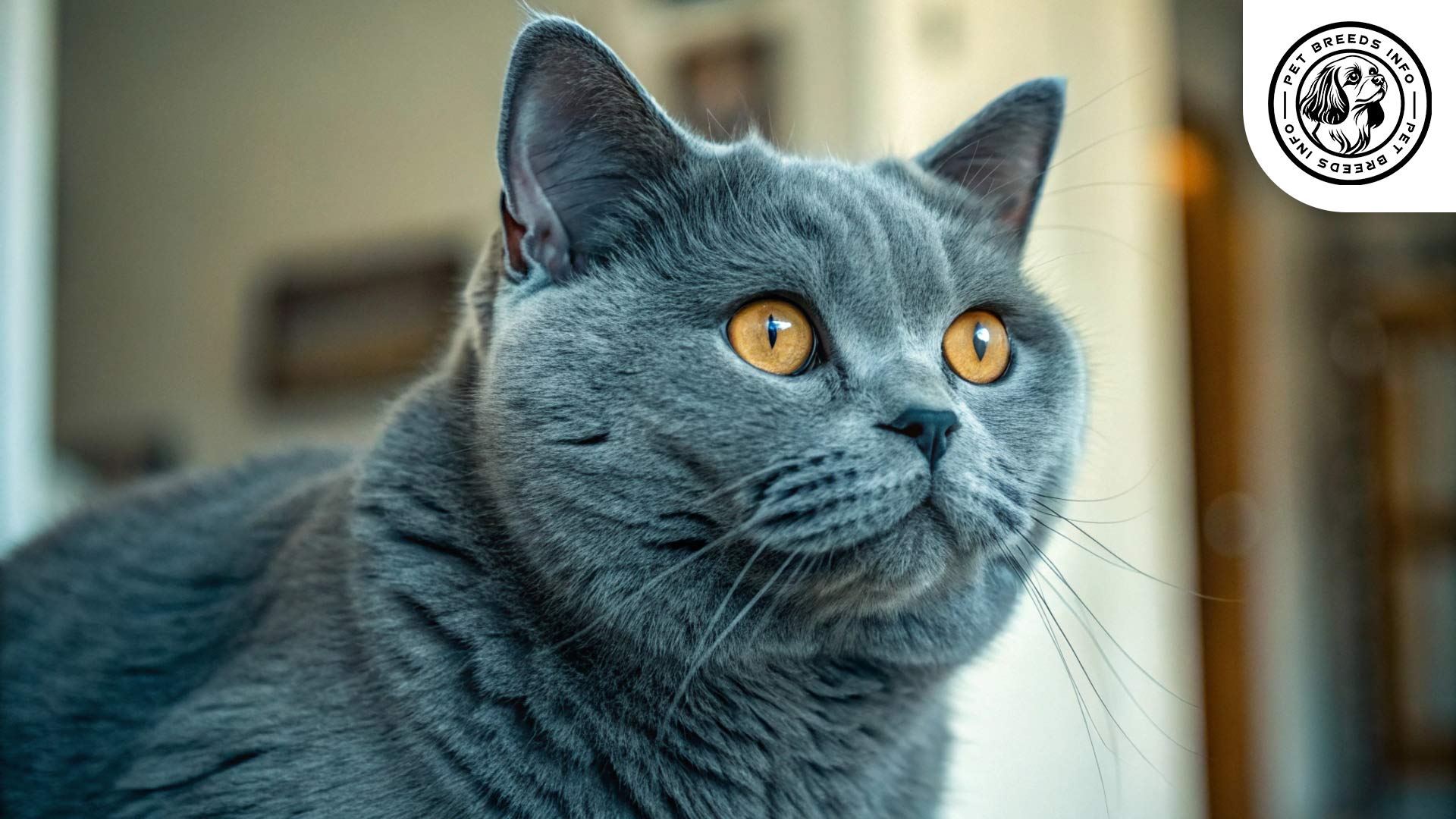Javanese Cat Breed: Size, Health, Price & Personality
General Introduction of the Breed
The Javanese cat, also known as the Oriental Longhair, is a sleek and elegant breed that originated in North America. Despite its name, this breed does not come from Java, Indonesia. Instead, it was developed by American breeders by crossing Siamese, Balinese, and Colorpoint Shorthair cats. The breed was officially recognized by the Cat Fanciers’ Association (CFA) in the 1980s as a variation of the Balinese. However, in some cat registries, the Javanese is now classified within the Balinese breed.
Javanese cats are elegant, affectionate, and playful, thriving in social homes but needing attention. Ideal for active families.Quick Overview
Affectionate - 90%
Independent - 30%
Intelligent - 95%
Sociable - 90%
Vocal - 90%
Shedding - 20%
Energetic - 0%
59%
100
| Weight | Males: 8-12 lbs Females: 5-9 lbs |
| Lifespan | 12-15 years with proper care |
| Diet | High-protein, balanced dry/wet food; moderation in treats |
| Care | High energy, requires daily play; weekly grooming, occasional baths, and regular dental and nail care |
| Health | Prone to respiratory issues, progressive retinal atrophy (PRA), gastrointestinal issues, amyloidosis, hypertrophic cardiomyopathy |
| Color | Seal, blue, chocolate, lilac, red, cream, tortie |
| Nature | Intelligent, affectionate, highly social, playful, vocal, enjoys human interaction and can form strong bonds |
| Price | $800 – $2,000; adoption and ethical breeders recommended |
Table of Contents
Physical Characteristics
The Javanese cat is a medium-sized breed with a slender, muscular body. Males typically weigh between 8 to 12 pounds, while females range from 5 to 9 pounds. They have a graceful, elongated frame with fine bones and a long, tapering tail. These cats have a silky, medium-length coat that lies close to the body. Their fur lacks an undercoat, which helps reduce shedding. Javanese cats come in various colors, including seal, blue, chocolate, lilac, red, and cream, often with striking color points on their ears, face, paws, and tail. They have almond-shaped eyes that are typically a deep blue color. Their ears are large, pointed, and set wide apart, giving them an alert and inquisitive expression.

Personality and Temperament
The Javanese is an intelligent and curious breed that enjoys learning and exploring. They are highly energetic and require regular mental and physical stimulation. These cats form strong bonds with their owners and are known for their affectionate and vocal nature. They are very social and enjoy interacting with humans, including children and other pets. Their playful nature makes them excellent companions, and they retain kitten-like enthusiasm well into adulthood. They may exhibit hunting instincts and enjoy chasing toys or playing interactive games. Javanese cats are sensitive to changes in their environment and thrive in a stable, loving home. They do not like being left alone for long periods and may become anxious if neglected.
Read More: Exotic Shorthair Cat
Care and Maintenance Requirements
The Javanese cat has a high energy level and requires daily playtime and stimulation. They adapt well to apartment living as long as they have enough toys and climbing structures. Grooming is relatively low-maintenance due to their fine, single-layer coat. Weekly brushing is usually sufficient to remove loose hair and prevent tangles. They are not prone to excessive shedding. This breed is sensitive to cold weather due to its lack of an undercoat. Owners should keep them warm during colder months. Regular hygiene care includes occasional bathing, nail trimming every few weeks, ear cleaning as needed, and daily dental care to prevent periodontal diseases.
Diet and Nutrition
The Javanese cat benefits from a high-protein diet that includes a mix of quality dry and wet food. Some may also thrive on a raw or natural diet, but it should be well-balanced. Avoid feeding them dairy products, chocolate, onions, grapes, and other toxic foods. Treats should be given in moderation. The recommended feeding schedule includes two to three meals per day for adults, with portion sizes depending on their age, weight, and activity level.
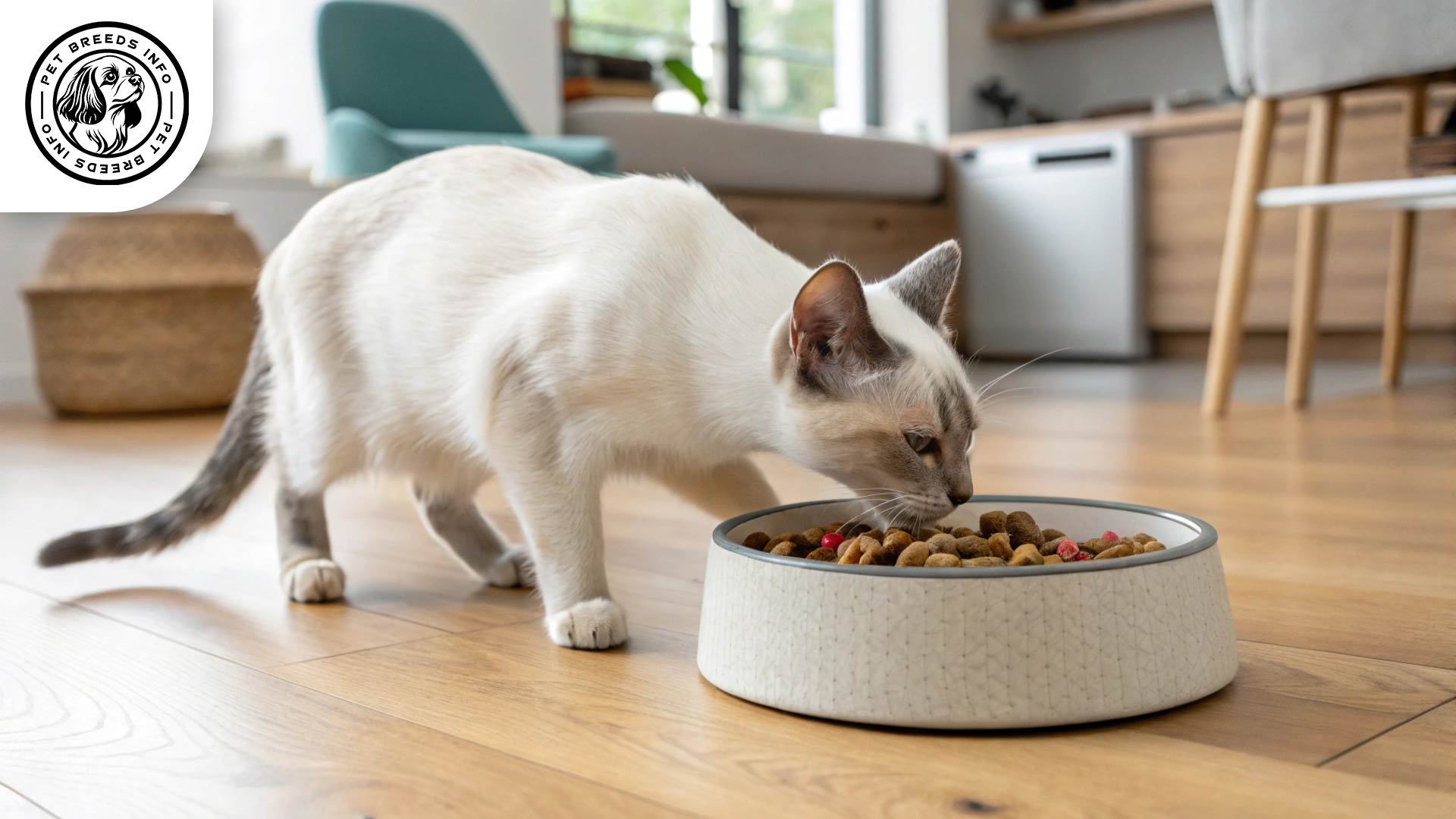
Health and Common Medical Issues
Like many purebred cats, the Javanese is prone to certain health conditions, including respiratory issues, progressive retinal atrophy (PRA), and gastrointestinal problems. They may also develop conditions such as amyloidosis and hypertrophic cardiomyopathy. This breed has an average lifespan of 12 to 15 years with proper care. Regular veterinary check-ups and vaccinations are essential for their well-being. Early detection of any potential health issues can improve their overall lifespan and quality of life.
Training and Behavior Management
Javanese cats are highly intelligent and easy to train. They respond well to positive reinforcement, including praise, treats, and interactive play. Early socialization and training help them develop good behavior, and they can even learn tricks or commands. Providing scratching posts, play tunnels, and puzzle toys is a great way to keep them entertained and prevent destructive behavior.
Read More: Nebelung Cat
Interaction with Other Animals and Humans
Javanese cats are affectionate and sociable, making them great companions for families, including children. They enjoy being the center of attention and can coexist well with other pets, especially if introduced gradually. They form strong bonds with their owners and prefer human interaction over solitude. This makes them better suited for homes where someone is frequently present rather than for individuals who are away for long hours.
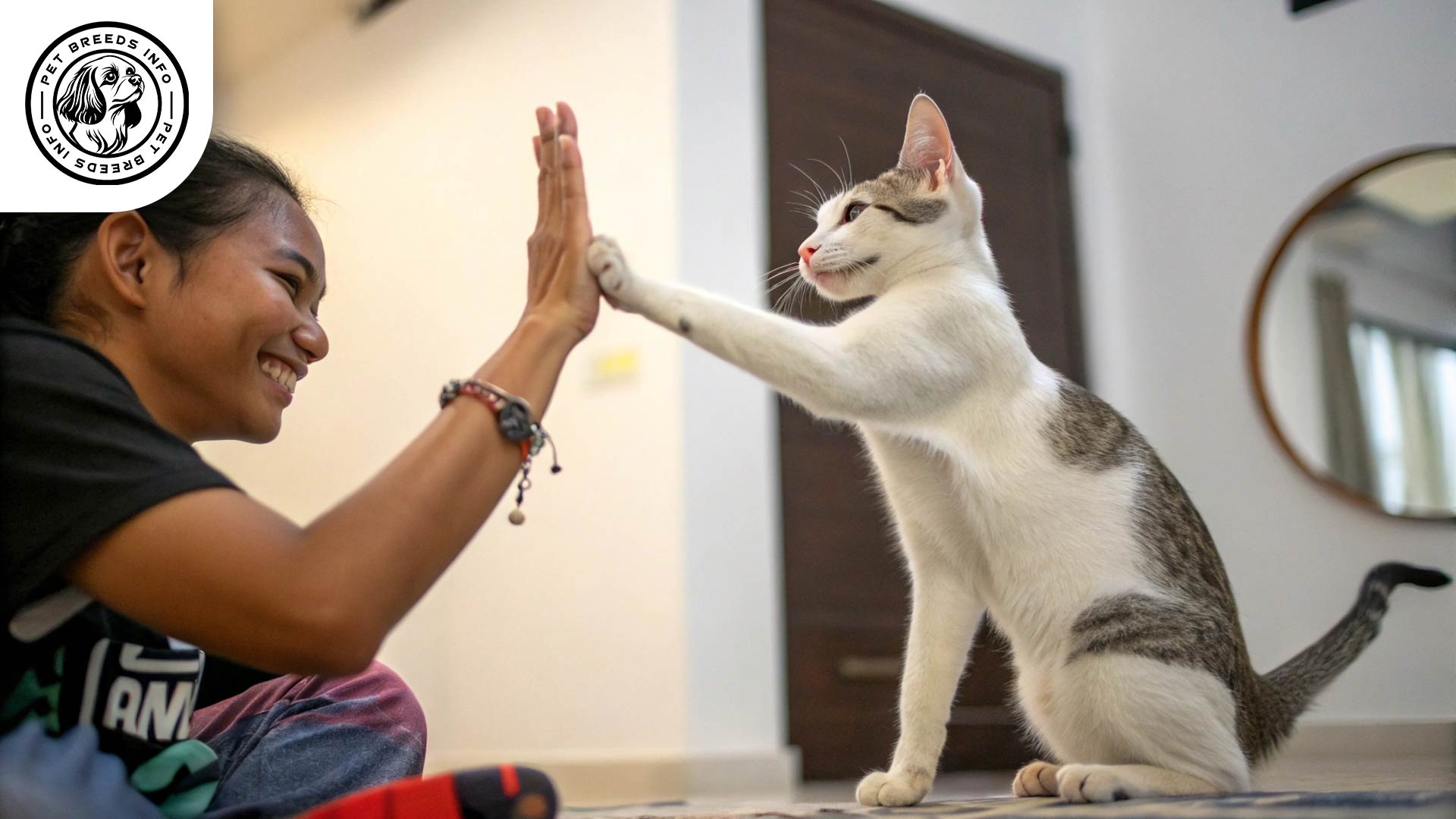
Price and Availability
The price of a Javanese kitten from a reputable breeder typically ranges from $800 to $2,000, depending on lineage, location, and breeder reputation. When purchasing or adopting a Javanese cat, it is important to find ethical breeders or consider adopting from rescue organizations. Ensure that the breeder provides health records and proper socialization for the kittens.
Conclusion and Final Thoughts
The Javanese cat is an affectionate, intelligent, and playful breed that thrives in loving, interactive environments. It is well-suited for families, individuals, and multi-pet households. Due to its high energy level and social nature, it requires attention, companionship, and engaging activities to stay happy. Regular grooming, proper nutrition, and veterinary care will help ensure a long and healthy life. Potential owners should consider their time commitment before getting a Javanese cat, as this breed does not like being left alone. If you are looking for a devoted, talkative, and playful feline friend, the Javanese cat may be the perfect choice for you.
Read More: British Shorthair Cat
FAQ
How much grooming does a Javanese cat need?
Javanese cats require relatively low grooming due to their fine, single-layer coat. Weekly brushing is enough to keep it tangle-free and to remove loose hair.
Are Javanese cats good with children and other pets?
Yes, Javanese cats are affectionate and social, making them great companions for families with children and other pets. They enjoy being around people.
Can Javanese cats live in apartments?
Yes, Javanese cats adapt well to apartment living, provided they have enough toys, climbing structures, and human interaction to keep them engaged.
How much should I feed a Javanese cat?
Two to three meals daily of high-protein food, with portions adjusted for weight, age, and activity level. Consult a vet for personalized guidance.
What is the Javanese cat’s lifespan?
They live 12–15 years with proper care, including regular vet check-ups and a balanced diet.
